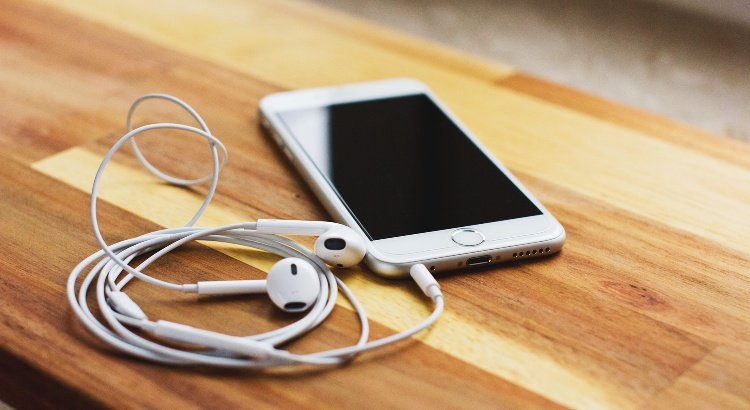Understanding Audio Transcription: Types, Examples, and Best Practices
Audio and video files are everywhere today. With fast internet and better devices, people watch and listen to more media than ever before. This growth means that turning audio and video into written text, a process called transcription, has become essential.
Transcription helps people access information easily. For example, you can quickly search for a quote in a transcript or read it if your environment is noisy or silent. Let’s look at the main types of audio transcription, see clear examples, and learn how to get accurate transcripts.
What Is Audio Transcription?
Audio transcription is the process of converting spoken words from audio or video files into text. This is helpful when:
- Searching for specific information in a recording
- Making content available for people with hearing loss
- Turning interviews and meetings into readable content
- Creating captions or subtitles for videos
Transcription can be manual (done by people) or automatic (done by software), with different accuracy levels.
Two Main Types of Audio Transcription
There are two basic types of audio transcription:
- Full verbatim transcription
- Clean verbatim transcription
Each type serves a unique purpose, depending on the audience and the setting.
Full Verbatim Transcription
Full verbatim transcription, or true verbatim, captures every sound in the recording. This means:
- All spoken words, including filler words like "um" and "uh"
- Nonverbal sounds such as laughter, coughing, or background noises
- Repeated words, stammers, and pauses
Full verbatim transcription is best for situations where every detail matters, such as legal proceedings, research interviews, or focus groups.
Example of Full Verbatim Audio Transcription
James: Fantastic, it's recording. So, um, I am going to ask you several easy questions, or hard ones. [chuckles] You are free to add anything more.
Mercy: Okay.
James: To start with, what’s your current age?
Mercy: Um, I'm currently 26.
James: Okay. Um, what do you think about when someone mentions video games?
Mercy: Um, I think about something enjoyable that I can do during my free time.
James: Okay. On to the next one. Have you played video games in your life?
Mercy: Yeah, yeah, I have actually played a couple.
James: Okay. Do you remember your first game?
Mercy: Hmm, that's actually a bit difficult.
James: [coughs]
Mercy: I'd probably say, um, probably Ping-Pong—
James: Mm-hmm. [chuckles]
Mercy: —but, um, come to think of it, my very first game was Super Mario Brothers.
James: Mm-hmm.
Clean Verbatim Transcription
Clean verbatim transcription, also called intelligent or edited transcription, focuses on clarity and readability. This type:
- Removes filler words and stammers
- Omits background noises and nonverbal utterances unless important
- Leaves meaning and context unchanged
Clean verbatim is ideal for business meetings, lectures, or publications where neat language is important. It helps readers better understand the main points.
Example of Clean Verbatim Audio Transcription
James: Fantastic, it's recording. I am going to ask you several questions. You are free to add anything more.
Mercy: Okay.
James: To start with, what’s your current age?
Mercy: I’m currently 26.
James: What do you think about when someone mentions video games?
Mercy: I think about something enjoyable that I can do during my free time.
James: Have you played video games in your life?
Mercy: Yes, I have actually played a couple.
James: Do you remember your first game?
Mercy: That’s actually a bit difficult. I’d say Ping-Pong, but come to think of it, my very first game was Super Mario Brothers. Yes, that was my first.
How to Get Accurate Transcripts Even With Poor Audio Quality
High-quality audio makes transcription easy. But sometimes, you get files that are hard to hear. Several factors affect the quality:
- Background noise
- Overlapping speech (crosstalk)
- Soft voices
- Muffled sound
If your recording isn’t perfect, try these strategies.
Top Tips for Better Audio Transcription
-
Use a quality headset: Good headsets help you catch every word, including tricky sounds or accents. According to a 2021 audio study, using a noise-canceling headset can increase transcription accuracy by 15% (2021).
-
Edit your audio: Tools like Audacity or online editors reduce background noise and boost muffled voices. Editing before transcribing saves time and improves accuracy.
-
Choose professional services: Human transcription services catch details that software misses. Human experts understand context, accents, and emotion, making transcripts more accurate than automatic tools (Statista, 2023).
When to Use Different Types of Transcription
The right transcription style depends on your needs:
-
Full verbatim: Needed for legal cases, research, or official records
-
Clean verbatim: Perfect for business documents, blogs, or educational content
-
Automated transcription: Best for simple projects with clear audio and little background noise; see automated transcription
If your audio includes multiple languages or needs interpretation, consider
text translation or
audio translation services.
Other Helpful Services for Audio and Video Content
Transcripts are just one part of making audio and video accessible. You may also need:
You can always check the
transcription pricing or
captioning services pricing before placing an order.
Get Started with Transcription
If you need a transcript or captions for your next project, you can
order transcription or
order captions easily online. Subscriptions like
AI transcription make regular projects affordable.
Conclusion
Audio transcription is vital for making information accessible, searchable, and inclusive. Knowing when to use full verbatim or clean verbatim transcription saves you time and delivers the right results. Editing audio and choosing the right tools or experts can make a big difference in transcript quality.
GoTranscript offers a full range of
transcription services—including
automated transcription,
AI transcription subscriptions, captions, subtitles, and translations. Their team ensures you get accurate, fast, and cost-effective transcripts for any project.



















 Verified Order
Verified Order